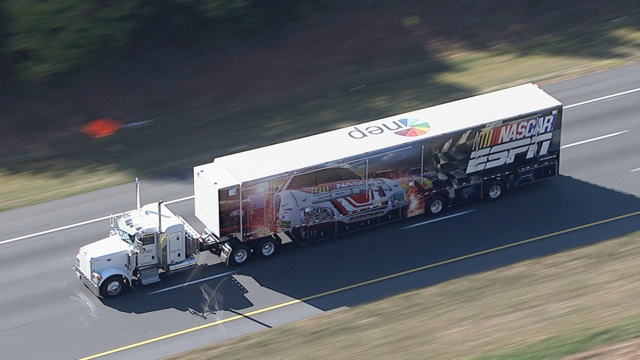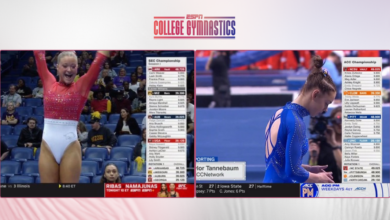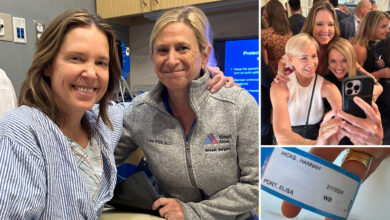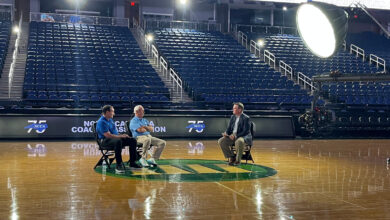ESPN’s NASCAR production team to stand down after Miami race

After 10 months on the road covering the longest season in professional sports, ESPN’s NASCAR production team will stand down after the live telecast of Sunday’s season-ending Ford EcoBoost 400 NASCAR Sprint Cup race at Homestead-Miami Speedway (3 p.m. ET).
Since February, a team averaging around 225 people and at least 11 mobile units has traveled around the country to 23 different racetracks, televising 50 races between the full 33-race NASCAR Nationwide Series and the final 17 NASCAR Sprint Cup races. The tractor-trailer rigs have covered a combined 360,000 miles.
It’s a long and grueling season, and Dennis Cleary, Manager, ESPN Remote Production Operations/ Motorsports, says the people on the team are a dedicated group.
“There’s probably about a dozen crew if not more that have worked every weekend, or maybe one weekend off, because of just attending to a family matter or something,” Cleary said. “We do have quite a few of the crew who actually start with us in Daytona and end with us in Homestead straight through.
“I joined this sport only a year ago last July, and coming in you could see that this is a family,” Cleary said. “For all the crew, this is their extended family. They’re with us more than they are home, especially when we hit the Cup season when a lot of them are traveling to the site on Wednesday and then traveling home on Monday.”

While ESPN’s NASCAR production units were built specifically for racing, they won’t sit entirely idle during the brief NASCAR offseason. They’ll be utilized at college football bowl games and then at the Winter X Games in January before heading back to Daytona to start the 2013 NASCAR season.
And then the family will be reunited to start another year together.
“It’s a commitment on both sides, but definitely great to have those personnel — most all of them are freelance — to make that commitment to us,” said Cleary.







